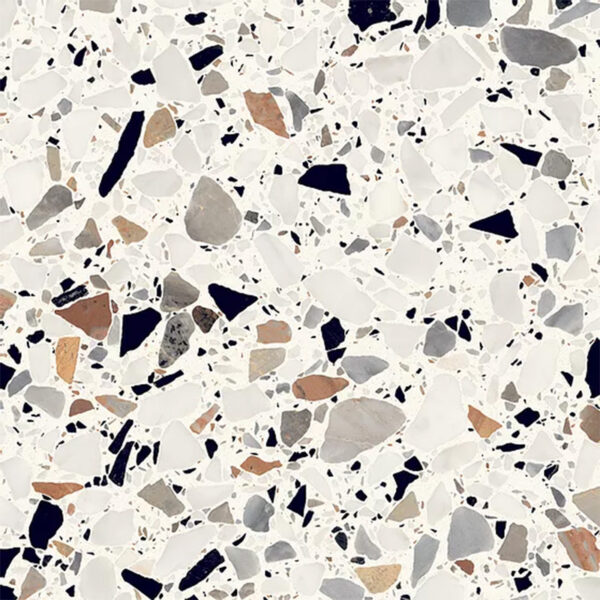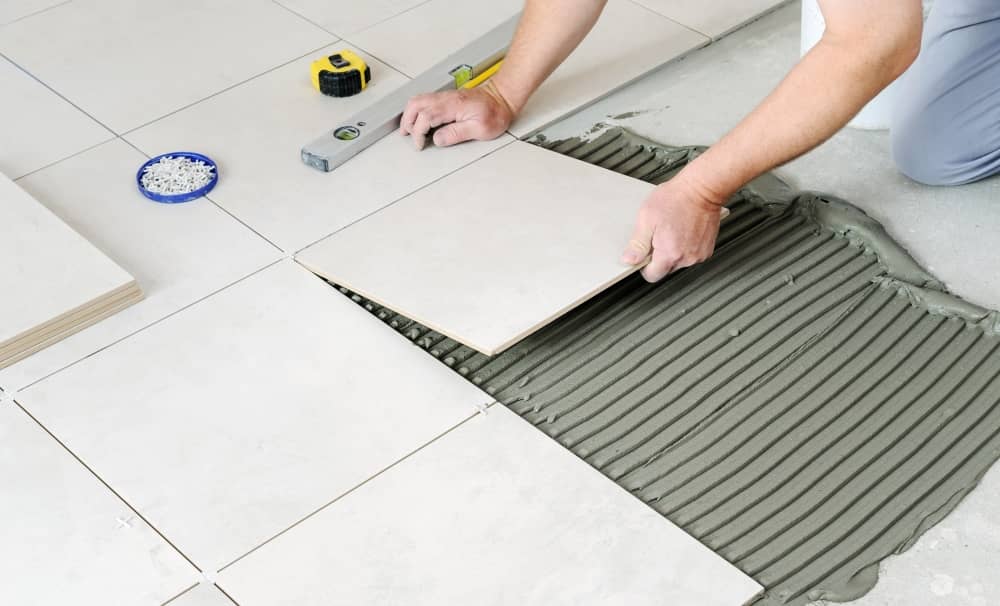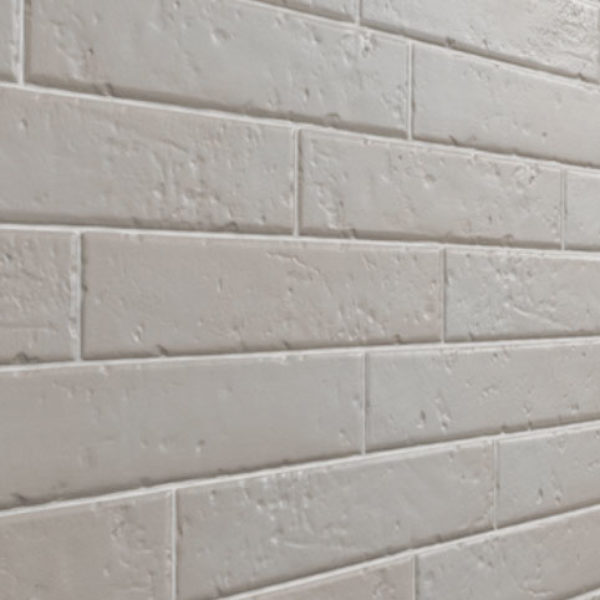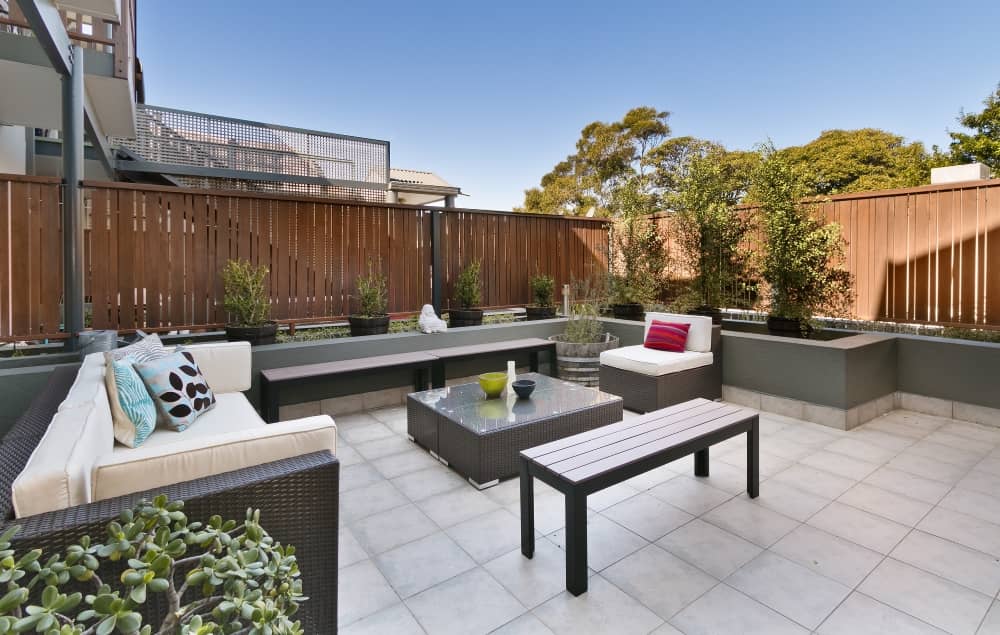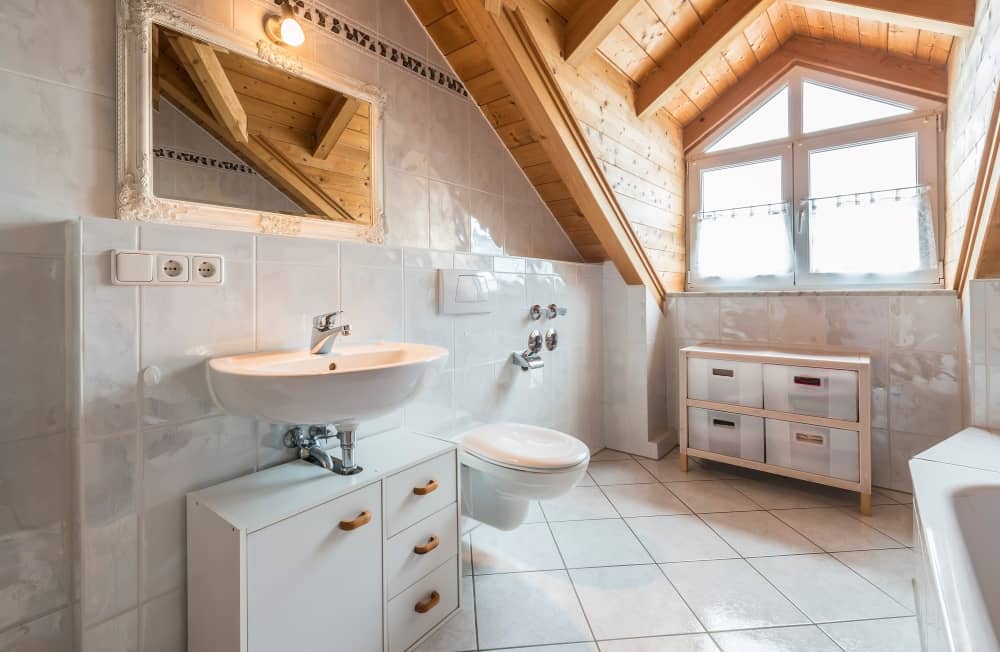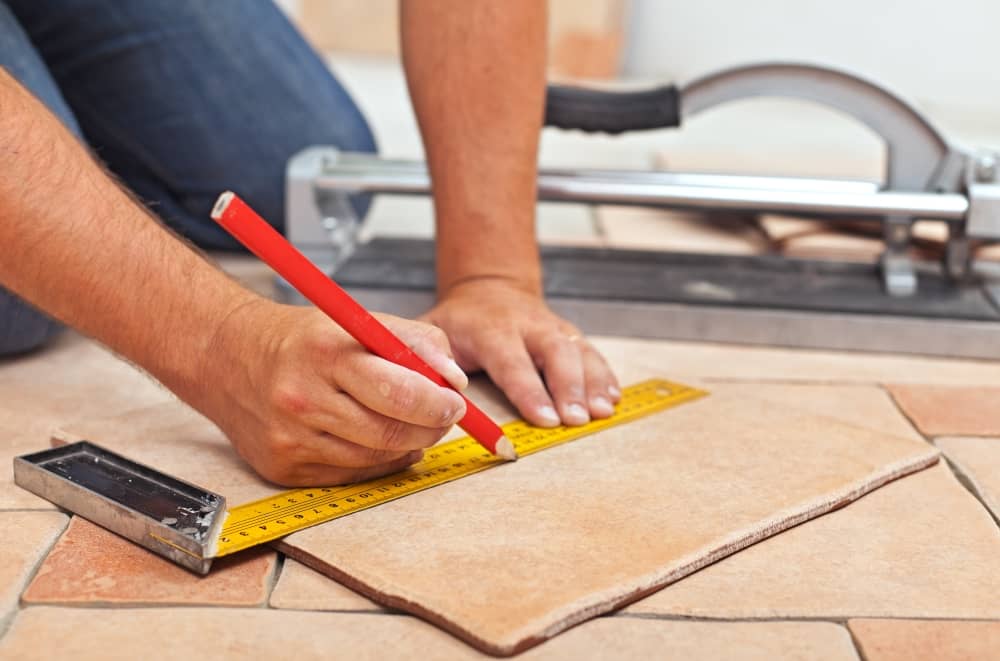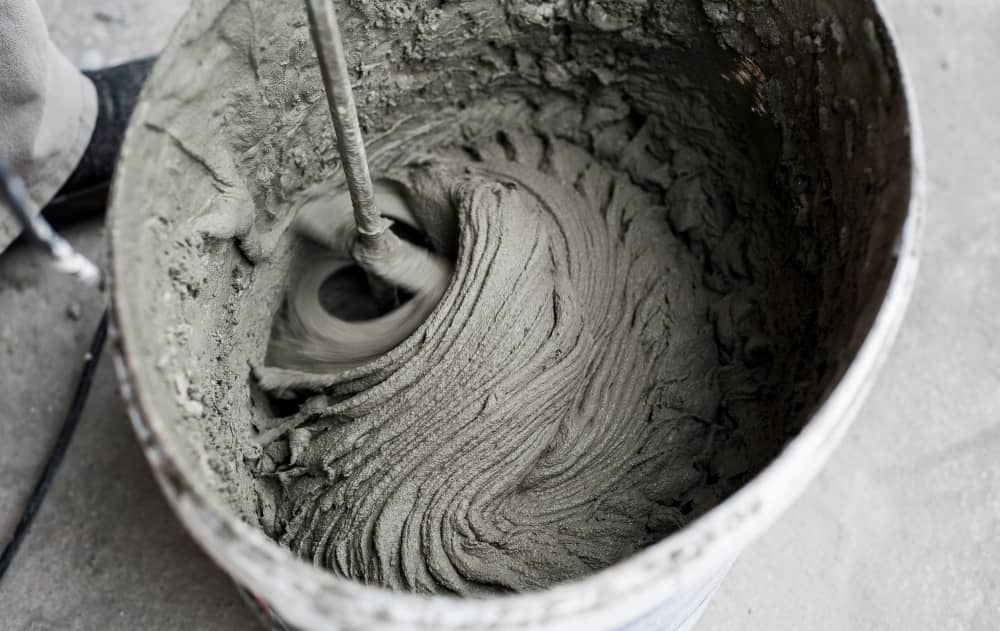Yes, they are both tiles, but porcelain and ceramic tiles have distinct differences. Technically, the terms shouldn’t be used interchangeably; however, they mean the same thing to most people outside of the flooring industry.
In this blog post, we outline the differences and help you identify which type of tile may be slightly more advantageous to your project.
The Main Difference
One absorbs water more quickly than the other. That’s it. Well, in essence…
Porcelain will only absorb less than 0.5% of moisture, and Ceramic and other non-porcelain tiles will retain a much higher number. The clay used in porcelain is much denser and less porous, affecting the functionality & designated purpose of the tiles.
Differences & Facts on Each Tile
Ceramic
As expected, ceramic tiles are made from brown or white clay, sand and felspar, quartz and water. The mixture is dried to dust before being pressed at great pressure. The clay gets fired at a high temperature (1000 to 1300 degrees Celsius) to reduce the moisture content, followed by a glaze over a desired pattern & texture. Ceramics are typically softer or less dense compared to porcelain.
The glazing itself can contain particles like sand for grip if the tile is intended for external use.
These tiles are produced in a mould and then the glazing is added. The glazing can contain sand and other particles for grip finished that are used externally. This is the same for Glazed Porcelain, but not usually for Vitrified porcelain.
Generally, they are best suited to both walls & floors because they are lighter. They have great applications for commercial interior walls. But are better suited to lower foot traffic areas inside.
Now ceramic tiles are produced using 1 of two methods:
- Monocottura Method – This single-fired method is typically used for floor tiles (but can still be used on walls). The body and glaze are rapidly fired at the same time. Up until the late 90s, most floor tiles around the home were developed using this method.
- Bicottura Method – This was later introduced with a wider range of colours and decorative surfaces, particularly for walls. Translation of the name impulses “fired twice” however they are often fired several times depending on the number of glaze layers. The firing temperature is lower than Monocottura as hardness is not a prerequisite for applications such as decorative wall tiles.
Generally speaking: The harder the temperature the harder the tile.
Pros
- Easier to work with & cut into shape
- More designs available
- Cheaper (Can cost about 1/3 less than porcelain)
Cons
- Typically Cannot be used for exterior (However some ceramics have a grit finish that allows external use)
- Can crack easily in cold weather
Side note: Although ceramic tiles have a water absorption rate above 4%; this should be seen as a limitation based on the intended purpose.
Porcelain
Porcelain is a much stronger version of ceramic tiles. It is made with a combination of kaolin (white china clay), felspar, quartziferous and metallic oxides. This mix allows a high pressing force of the clay to occur as the kaolin allows a high firing temperature. Clay dust is injected into the mould as part of the process causing the mixture to be compressed closer together reducing the amount of air and moisture. When fired at 1200+ degrees celsius the dust particles melt and fuse causing vitrification.
Porcelain is a harder, denser & more hard-wearing product.
This is due to three main reasons:
- The incredible force used to press the clay
- High firing temperature 1250 degrees celsius
- As mentioned before the specific mix of clays & minerals used
They are best suited as hard-wearing floors, but use on walls can be limited due to their weight. Whether porcelain can be used on the wall or not will depend on the wall itself and how many studs there are. As you can imagine, porcelain has many commercial applications, particularly in high moisture areas such as swimming pools.
Glazed porcelain can be glazed the same way ceramic is with a top layer. The quite popular Vitrified porcelain (glass-like) tiles however do not have to have a glaze added to the surface because their water absorption rate is less than 0.5%. The natural state of the clay and additives make up the colour of the tile. A hidden benefit of vitrified porcelain is that it does not get chipped and the colour continues through the body of the tile.
Definition: Vitrification is the transformation of melted clay into a glass-like texture with a porosity below 0.5%. The higher vitrification, the harder the tile becomes, causing it to be less porous and absorb water. This makes the tile less susceptible to being stained, scratched or chipped.
Be careful: A less porous surface means the liquid is less likely to be absorbed, potentially creating a slip hazard.
Pros
- Low water absorption
- Hard-wearing
- Can be used for interior or exterior
Cons
- More Brittle
- Fewer designs available
- Costs more
- Harder to cut and shape
A Deeper Dive in Density & Durability
As mentioned, porcelain is a much denser and less porous product to use. The tiles will absorb less water, suitable for high traffic commercial applications. That being said, Ceramic is less brittle, meaning it will be far easier to cut and work with, giving DIY-ers that little bit more of a chance to get the job done right.
Porcelain Enamel Institute Rating (PEI Rating)
PEI Rating is an easy way to establish what type of tile you need for your space.
| PEI 0 | No foot traffic |
|---|---|
| PEI 1 | Very light foot traffic (bathroom or ensuite) |
| PEI 2 | Lightfoot traffic (bedroom) |
| PEI 3 | Light to moderate foot traffic (living area/kitchen) |
| PEI 4 | Moderate to heavy foot traffic (suitable for most floors around the home & some commercial) |
| PEI 5 | Heavy floor traffic (Ideal for all domestic & commercial purposes) |
| Ceramic Tiles | Tend to be graded between 3 & 4 |
| Porcelain Tiles | Usually have a rating between 3 & 5 |
How Can Anyone Tell The Difference?
It’s seriously a no-brainer. Check the packaging or the manufacturer’s website.
However, if you are unsure what you already have to follow will give away the type you are looking at:
- Floor or Wall – Typically porcelain is less likely to be found on walls, but this is changing as Vitrified Porcelain tiles have become less expensive and more popular.
- Type of Area – Ceramics are less likely to be found on high foot traffic areas
- Look, Touch and Feel – Glazed Ceramic and Glazed Porcelain tiles can be difficult to tell apart. Sometimes the sound, when you hit them, can tell you. Porcelain rings are higher than ceramic which sounds duller. Vitrified Porcelain is generally a larger format tile and usually has square edges. Ceramic and Glazed Porcelain usually (80/20 rule) have cushioned edges.
Practical Applications
Bathroom and Shower: Porcelain, of course, is the winner here as it is nearly wholly waterproof. Any room with a lot of wetness would be better off with porcelain. In saying that, Ceramic is perfectly acceptable to use all over in standard bathrooms and may be prefered due to a broader selection of design options.
DIY Projects: Ceramic tiles are a much safer choice and easier to work with. This is especially the case with areas or designs that require lots of cutting. Porcelain may require specialized cutting tools to get the job done neatly.
The Outdoor Space: Porcelain has high water resistance and will handle everything the weather and nature throw at it. In colder weather ceramic is far more likely to crack, so again, porcelain outdoor tiles will offer more longevity and peace of mind on the new patio.
Under Floor Heating: Ceramic tiles are the perfect partner for underfloor heating and will hold the heat to keep your home cosy in the cooler months. However, both types of tiles are fine, as underfloor heating will generally not go above 24 degrees. You might say too that some underfloor heating systems are just laid on the floor, and the tile adhesive is simply applied over the top with no need for an additional bed.
Whatever you choose, the look of tiles cannot be replicated by other materials providing a depth, colour and texture different from all other surfaces.



